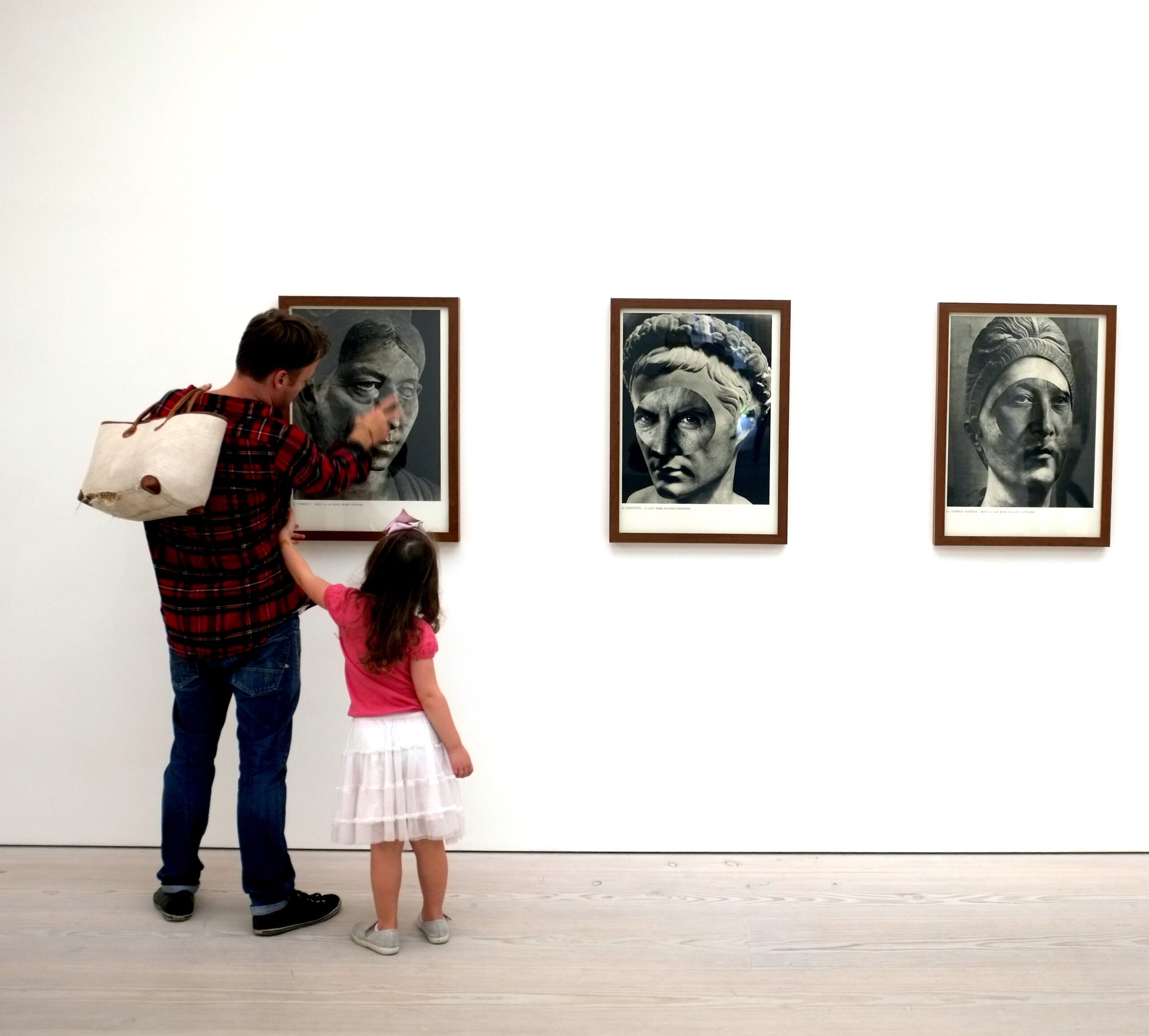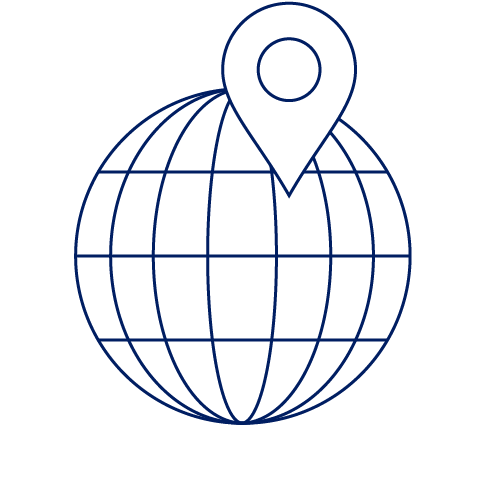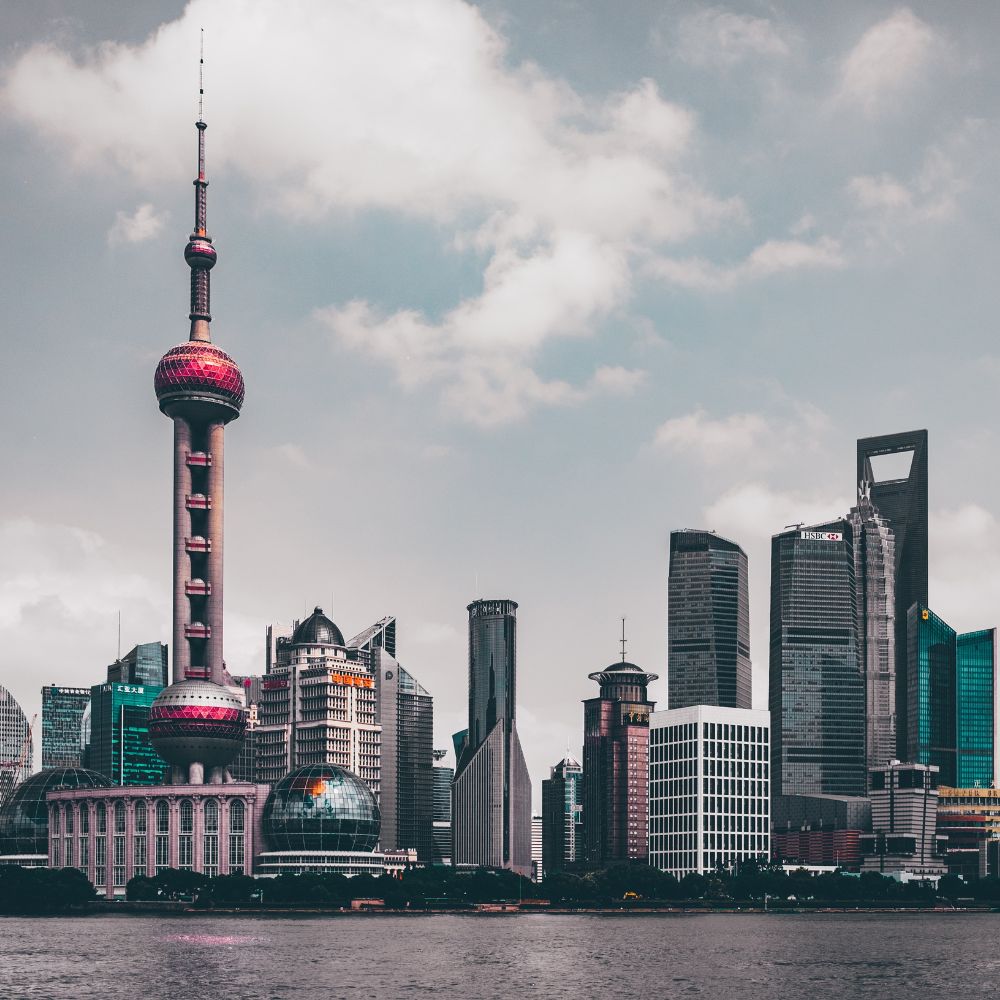Recommendation and information provision for sequential experiences in the cultural sector
Investigating the use of digital route recommendation systems for cultural institutions

The Department for Culture, Media and Sport (DCMS) reported a £15bn yearly gross value added in the UK from the cultural heritage sector. However, there is limited research on the operations and management of cultural institutions, despite the economic significance. This research, in collaboration with the Van Gogh Museum, investigates the use of digital route recommendation systems in museums to improve visitor experience and crowd management. In parallel, the research team plans to implement multiple interventions aimed at modifying the multimedia guide offerings withing the treatment groups.
EUROPE




